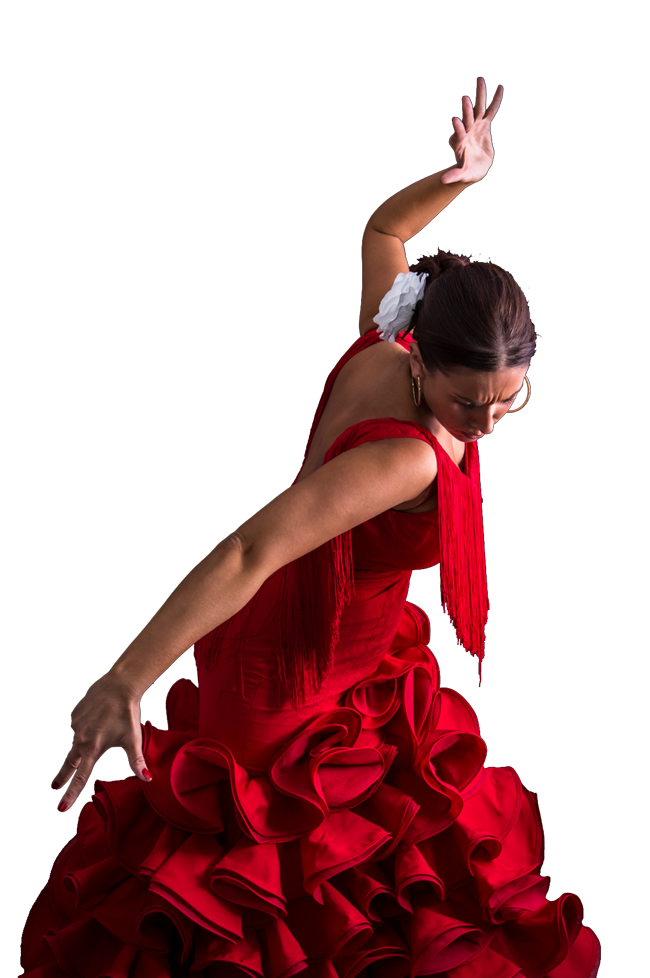Before going to a Flamenco Tablao in Madrid, it is good to know a little more about this art.
In order to be able to enjoy much more the show.
So, for those people that like flamenco, but feel that it is an unknown world, we start with some concepts that will help you to discover flamenco little by little.
Flamenco would have started more or less by the 15th century, when Gypsies came to Andalusia and found hospitality in Andalusian and Moorish marginal villages people. This coexistence gave as a result the “cante jondo”, because of the need of common expression.
We have previously seen what are the so-named flamenco “palos”.
Now let’s see the classification made by José Blas Vega, who classifies the “palos” in three groups and we illustrate each of them with these video examples:
FLAMENCO PRIMITIVE AND BASIC CANTES
- Romances: a forgotten style today. Gypsies adopted it when they came to Andalusia.
- Tonás: They speak of the tormented world of Gypsies.
- Siguiriyas: sad lyrics that reflect the human suffering.
- Soleares: considered the flamenco backbone.
- Tangos: one of the basic forms of the songs and flamenco dances repertoire.
- Cantiñas: Cadiz songs of happy and lively music.
FLAMENCO CANTES DERIVED FROM FANDANGO
The fandango is a song or dance of a couple who are accompanied by castanets with a 3/4 or 6/8 rithm. It is linked to different music traditions of Spain regions. Inspired by three themes: sea, field and home.
- Málaga Cantes
- Levante Cantes and Mines Cantes
- Huelva Fandangos
- Personal creation fandangos
VARIED FLAMENCO CANTES
- From Andalusian folklore source: sevillanas, saetas, campanilleros, carols, bamberas, pregones
- From hybrid or uncertain origin: farrucas, garrotín
- Hispanic origin: guajiras, milongas, colombianas, rumbas
Now Yes. You are now ready to visit Flamenco Tablao Cardamomo in the centre of Madrid and enjoy an authentic flamenco show!








